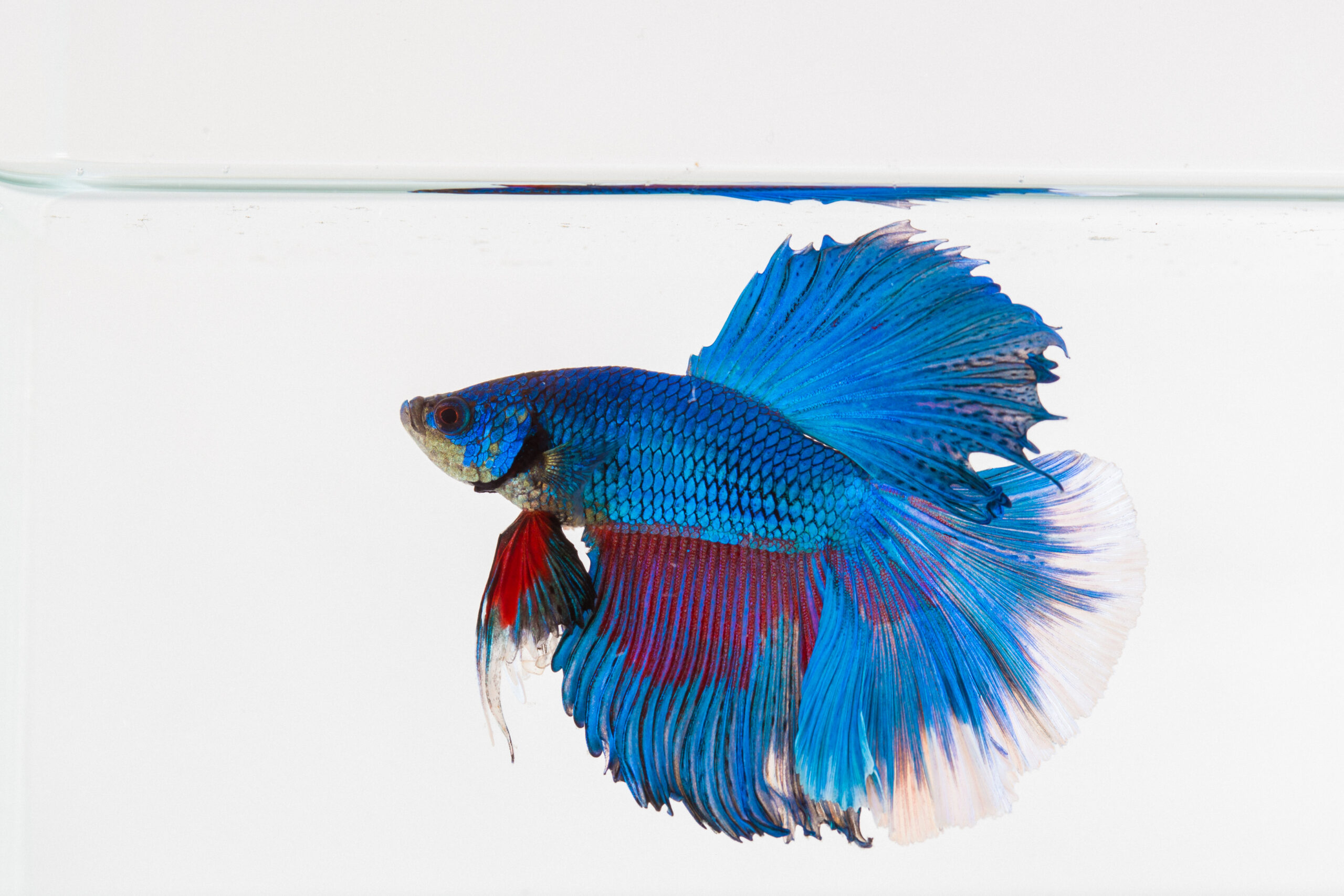Betta Fish Tank Configuration: A Step-by-Step Overview for Beginners
Wiki Article
Just How to Reproduce Betta Fish Efficiently: Expert Methods and Insights for Hobbyists Wanting To Broaden Their Betta Collection
Reproducing Betta fish calls for a nuanced understanding of genetics and ecological problems, making it essential for hobbyists to approach the process with both persistance and care. Producing an optimal reproduction setting, choosing the right sets, and observing the ins and outs of their courtship habits are fundamental steps that can considerably influence the end result.Recognizing Betta Fish Genetics
Comprehending the genetics of Betta fish is crucial for successful breeding, as it influences characteristics such as color, fin shape, and behavior. Betta fish exhibit a varied range of shades and patterns, mostly identified by their genetic makeup.In addition to coloration, fin morphology is another considerable facet of Betta genes (betta fish). The shape and dimension of fins are influenced by numerous genes, including those that figure out whether the fins are brief, long, or veil-shaped. Recognizing these hereditary variations aids dog breeders anticipate the phenotypic outcomes of their offspring
In addition, behavioral traits such as aggression and territoriality can likewise be affected by genes. These behaviors play a crucial duty in the reproducing procedure, as they can affect generating success and the general temperament of the resulting fry. By comprehensively comprehending these genetic concepts, dog breeders can make informed decisions, ultimately improving their breeding programs and attaining preferable results.
Preparing the Breeding Environment
Developing an optimum reproduction setting is important for the effective recreation of Betta fish. The very first action in preparing this atmosphere is to select an appropriate reproduction tank, ideally ranging from 5 to 10 gallons.Next, consider the usage of a sponge filter or an air stone to supply mild water blood circulation without creating strong currents that can worry the fish. It is crucial to set up plants or reproducing cones to supply concealing places and promote comfort for the female during the spawning procedure. Drifting plants, such as Java moss or water sprite, can also create a much more all-natural setting while helping with bubble nest building by the man.
Prior to presenting the reproducing sets, guarantee the water is conditioned and without unsafe chemicals, such as chlorine or heavy metals. betta fish. Normal water changes should be conducted to preserve optimal water high quality, enhancing the opportunities of effective reproduction. With these preparations in place, the reproducing environment will certainly sustain the wellness and health of both Betta fish
Picking Breeding Pairs
Choosing the right breeding sets is vital for achieving effective Betta fish reproduction. When picking your breeding pairs, think about numerous essential aspects consisting of health and wellness, personality, and genetics. Healthy Betta fish exhibit vivid colors, clear eyes, and active behavior. Choosing fish that are without condition my site makes sure a better chance of producing practical offspring.Temperament is an additional vital consideration, as Betta fish are recognized for their hostile nature. It is recommended to pick a man and lady that exhibit suitable characters to reduce stress during the reproducing process. A tranquil male can encourage a smoother courtship, while a woman that is as well hostile may disrupt the process.
Genetic background additionally plays a significant duty in the quality of the children. Breeding fish that are genetically diverse can lower the risk of hereditary health problems and improve the overall vigor of the fry. It is useful to investigate the lineage of both the man and female, concentrating on preferable attributes such as fin kind, color scheme, and size.
The Reproduction Refine
The reproduction process of Betta fish requires careful planning and focus to detail to make certain a successful outcome. Initially, it is important to additional reading prepare an appropriate breeding tank, preferably a 5-10 gallon aquarium with a temperature level kept at 78-80 ° F. The tank should be geared up with a heater, filter (ideally sponge kind to avoid strong currents), and a lot of water plants for the female to conceal.Once the environment is set, present the picked reproducing pair to the tank, enabling them to accustom. Observe their habits; the man will display elaborate courtship routines, consisting of flaring his fins and building a bubble nest. If the female shows interest, she will display upright red stripes indicating readiness for spawning.
When the woman is responsive, both will certainly engage in a mating welcome, during which the male feeds the eggs. It is crucial to monitor their communications very closely, as the man might end up being aggressive. After spawning, remove the woman to stop possible injury. The male will have a tendency to the eggs, which normally hatch within 24-36 hours. Keeping content ideal water conditions during this period is necessary for the development of healthy and balanced Betta fry.
Caring for Betta Fry

Feeding Betta fry is crucial, as they call for a diet high in protein. At first, they can be fed infusoria or liquid fry food, transitioning to carefully smashed high-quality pellets as they grow. Feed tiny parts numerous times a day to motivate healthy development without overwhelming the tank with uneaten food.

As they develop, check their development carefully and divide any type of aggressive people to avoid damage. By supplying a supporting environment and proper nourishment, hobbyists can successfully elevate Betta fry right into lively, healthy fish, inevitably improving their breeding ventures.
Final Thought
Successful Betta fish reproduction needs precise attention to hereditary option, ecological problems, and look after the fry. By understanding the genes of Betta fish and preparing an ideal breeding atmosphere, hobbyists can improve the chances of creating vivid, healthy spawn. Selecting compatible breeding sets and carefully keeping an eye on the courtship and generating procedures are essential. Lastly, supplying optimum look after the fry ensures their healthy and balanced development, adding to a growing Betta collection.Report this wiki page